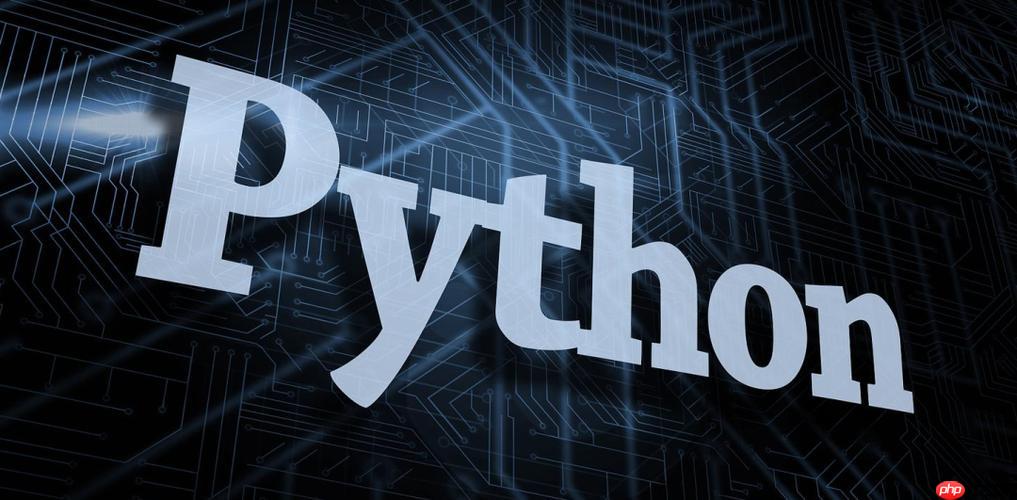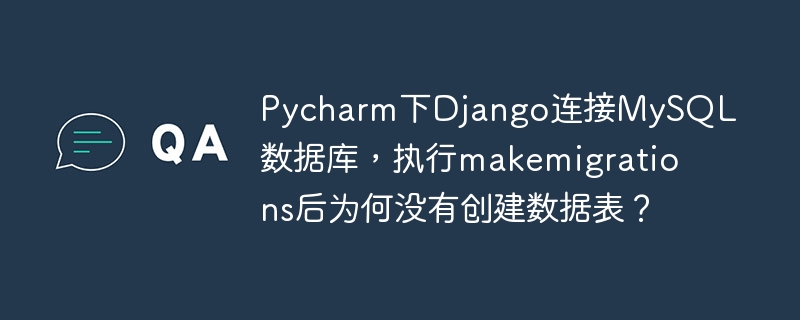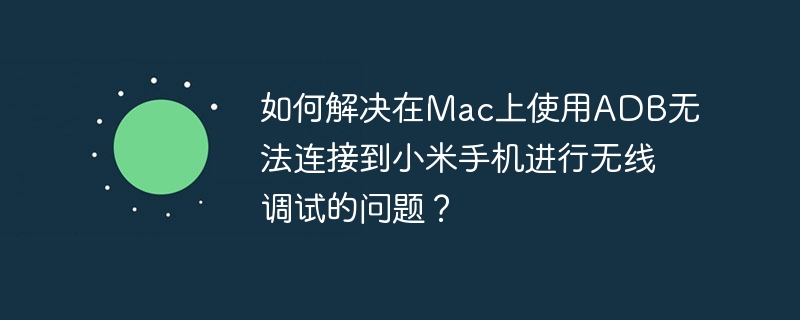在python中進行文本分類主要包括以下步驟:1. 數據預處理:使用nltk和spacy去除停用詞、分詞等。2. 特征提取:采用詞袋模型、tf-idf或詞嵌入方法。3. 模型選擇和訓練:可選用樸素貝葉斯、svm等模型。4. 模型評估和優化:通過交叉驗證和調參提升性能。

在python中進行文本分類是一項非常有趣且實用的任務。今天我們就來聊聊如何利用Python來實現這個功能,以及在實際操作中可能會遇到的一些挑戰和解決方案。
Python中進行文本分類,通常會涉及到以下幾個步驟:數據預處理、特征提取、模型選擇和訓練、以及模型評估和優化。讓我們從頭開始,逐步深入探討這個過程。
首先,我們需要對文本數據進行預處理。這包括去除停用詞、分詞、去除標點符號等操作。Python中常用的庫如NLTK和spaCy可以幫助我們完成這些任務。預處理的質量直接影響后續的分類效果,所以這一步非常關鍵。
立即學習“Python免費學習筆記(深入)”;
import nltk from nltk.corpus import stopwords from nltk.tokenize import word_tokenize nltk.download('punkt') nltk.download('stopwords') def preprocess_text(text): # 分詞 tokens = word_tokenize(text.lower()) # 去除停用詞和標點符號 stop_words = set(stopwords.words('english')) tokens = [token for token in tokens if token.isalnum() and token not in stop_words] return ' '.join(tokens) # 示例文本 text = "This is an example sentence for text classification." processed_text = preprocess_text(text) print(processed_text)
接下來是特征提取。常用的方法有詞袋模型(Bag of Words)、TF-IDF(Term Frequency-Inverse Document Frequency)以及詞嵌入(Word Embeddings)。這些方法各有優劣,詞袋模型簡單但丟失了詞序信息,TF-IDF考慮了詞的重要性,而詞嵌入則能捕捉到詞之間的語義關系。
from sklearn.feature_extraction.text import TfidfVectorizer # 假設我們有一組文本 texts = ["This is the first document.", "This document is the second document.", "And this is the third one.", "Is this the first document?"] # 使用TF-IDF進行特征提取 vectorizer = TfidfVectorizer() X = vectorizer.fit_transform(texts) print(X.toarray())
在選擇模型方面,常用的有樸素貝葉斯、支持向量機(SVM)、決策樹、隨機森林以及深度學習模型如神經網絡。每個模型都有其適用場景和優缺點。例如,樸素貝葉斯在處理小數據集時表現不錯,而深度學習模型在處理大規模數據時更有優勢。
from sklearn.naive_bayes import MultinomialNB from sklearn.model_selection import train_test_split from sklearn.metrics import classification_report # 假設我們有對應的標簽 labels = ['class1', 'class2', 'class1', 'class2'] # 劃分訓練集和測試集 X_train, X_test, y_train, y_test = train_test_split(X, labels, test_size=0.2, random_state=42) # 訓練模型 clf = MultinomialNB() clf.fit(X_train, y_train) # 預測并評估 y_pred = clf.predict(X_test) print(classification_report(y_test, y_pred))
在實際應用中,我們可能會遇到一些挑戰。比如,數據不平衡問題會導致模型偏向于多數類別,這時可以使用過采樣或欠采樣技術來平衡數據集。另外,文本分類任務中,特征維度往往很高,這可能會導致過擬合問題,可以通過特征選擇或降維技術來解決。
from imblearn.over_sampling import RandomOverSampler # 假設我們有一個不平衡的數據集 X, y = ... # 你的數據 # 使用過采樣來平衡數據集 ros = RandomOverSampler(random_state=42) X_resampled, y_resampled = ros.fit_resample(X, y) # 重新訓練模型 X_train, X_test, y_train, y_test = train_test_split(X_resampled, y_resampled, test_size=0.2, random_state=42) clf.fit(X_train, y_train) y_pred = clf.predict(X_test) print(classification_report(y_test, y_pred))
最后,模型的評估和優化也是一個持續的過程。我們可以通過交叉驗證來評估模型的泛化能力,并通過調參來優化模型的性能。Python中的GridSearchCV和RandomizedSearchCV可以幫助我們自動化這個過程。
from sklearn.model_selection import GridSearchCV # 定義參數網格 param_grid = { 'alpha': [0.1, 0.5, 1.0], 'fit_prior': [True, False] } # 使用網格搜索進行調參 grid_search = GridSearchCV(MultinomialNB(), param_grid, cv=5) grid_search.fit(X_train, y_train) # 輸出最佳參數和最佳得分 print("Best parameters:", grid_search.best_params_) print("Best cross-validation score:", grid_search.best_score_) # 使用最佳參數重新訓練模型 best_clf = grid_search.best_estimator_ best_clf.fit(X_train, y_train) y_pred = best_clf.predict(X_test) print(classification_report(y_test, y_pred))
在實際項目中,我曾經遇到過一個有趣的案例。我們需要對用戶評論進行情感分類,但發現傳統的機器學習模型在處理長文本時效果不佳。于是我們嘗試了bert模型,結果發現其在捕捉長距離依賴關系方面表現出色,最終大幅提升了分類的準確率。
總的來說,Python中的文本分類是一個多步驟、多方法的過程。每個步驟都需要仔細考慮和優化,才能得到一個高效且準確的分類模型。希望這篇文章能為你提供一些有用的見解和實踐經驗。

















